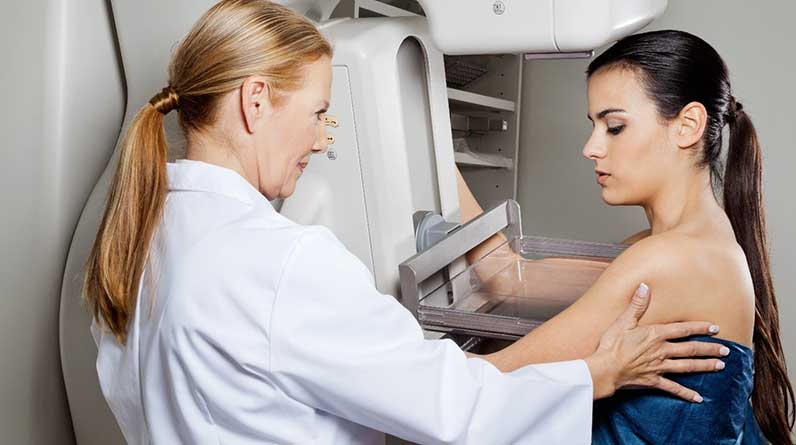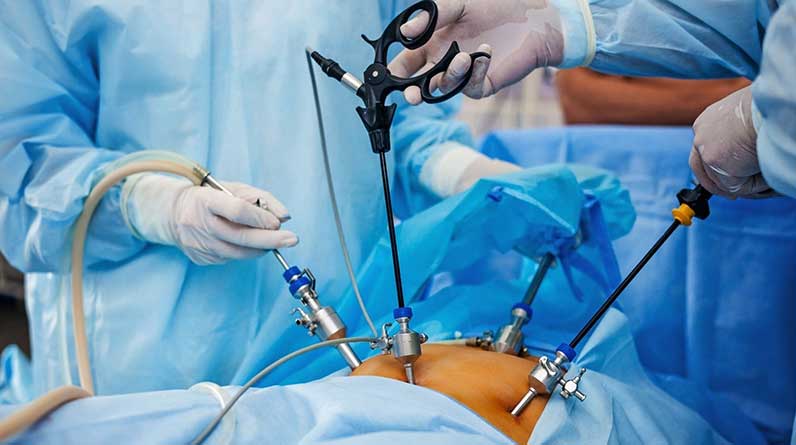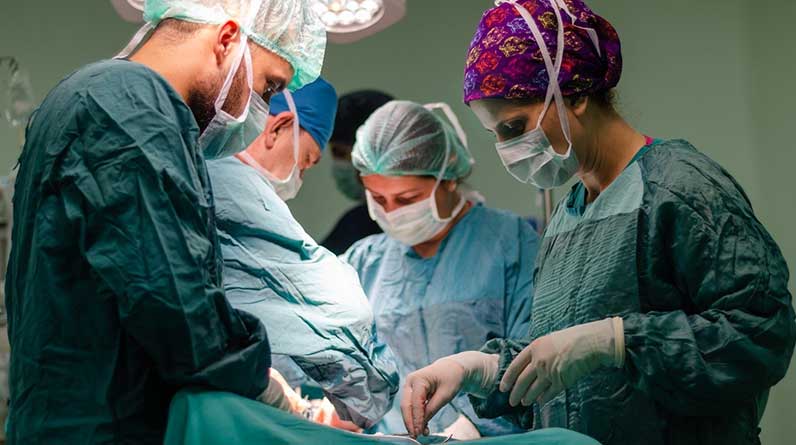
Breast Cancer in Women: Incidence, Risk Factors, Diagnosis, and Treatment
Although there are several types of breast cancer, it remains a disease whereby cells within the breast grow at an abnormally rapid speed. Most breast cancers develop in the ducts and lobules of the breast; however, they can quickly metastasize or spread throughout other parts of the body, causing further damage and potential risk of death.
The stages of breast cancer are as follows: Stage 0, Stage 1, Stage 2, Stage 3, Stage 4 (Metastatic Breast Cancer), and Recurrent Breast Cancer. These multiple stages describe the spectrum of severity and progression of the specific breast cancer.
The following are the most common types of breast cancer:
- Ductal Carcinoma
- Lobular Carcinoma
- Medullary Breast Cancer
- Mucinous Breast Cancer
- Paget’s Disease
- Inflammatory Breast Cancer
While breast cancer is a disease that occurs in both men and women, it has a broader prevalence in women.
Breast cancer is the most common form of cancer among women in Canada and the United States and is a growing global concern. It is also the second leading cause of cancer-related mortality in women, with lung cancer having the highest mortality rate.
Risk Factors Associated with Breast Cancer
The primary risk factor of breast cancer is the female sex (about 100 times more common in women than men), and the second most common risk factor is increasing age. Women have a much greater risk of being diagnosed with breast cancer than men. According to the American College of Obstetricians and Gynecologists, females comprise the overwhelming majority of cases, 99% of all cases.
Because of this prevalence of breast cancer in women, it’s imperative to have regular visits to see your doctor. Depending on a woman’s medical history, family history, health status, age, and race, she can be identified to be low-risk to high-risk.
The level of risk will ultimately determine the level of evaluation and monitoring needed.
The following are the most significant risk factors of breast cancer outside of sex and age:
- Family History of Breast Cancer (Lumpectomy)
- Genetic Mutation Syndrome
- Menopause
- Ethnicity
- Poor Lifestyle Decisions (Obesity, Alcohol, Smoking, Sedentary Behavior)
- Previous Exposure to High Levels of Radiation
- Other Breast Disorders
- Dense Breast Tissue (typically detected at the time of mammography)
Although the primary risk factors of breast cancer are not preventable, other associated risk factors are in a patient’s control. Thus, it is important to attend regular screenings proactively and make improved lifestyle choices, such as quitting smoking.
It’s important to be aware of all these risk factors and consult with your primary care physician to discuss ways to mitigate risk and improve early detection of breast cancer.
How Breast Cancer Is Diagnosed
The ultimate goal of managing breast cancer is early detection, which helps prevent the spread of breast cancer and reduces mortality rates.
A coordinated and combined effort of the patient and physician is the best way to accomplish this goal. The patient needs to be proactive, and the physician must be diligent in screening for the condition. Each individual case will determine the best method of testing and procedural diagnostics.
The following are the tests and procedures commonly used to diagnose and screen for breast cancer:
- Manual Breast Examination
- Mammograms, MRIs, X-Rays, and Ultrasounds
- Breast Biopsy
- Blood Tests
- CT and PET Scans
If breast cancer is detected, the testing will determine the stage of the breast cancer. Staging will determine the next course of action concerning treatment and management.
Treating Breast Cancer
Regular screening mammography and risk assessment with your health care provider can significantly decrease breast cancer related mortality. Yet, even with this proactive behavior, cases of breast cancer still occur.
If breast cancer is diagnosed, several treatment options are available, some more invasive and effective than others; however, the course of action will be determined in collaboration with your doctor(s) and will be based on the current stage of cancer.
The following are the most common treatment methods for breast cancer:
- Breast-Conserving Surgery
- Mastectomy
- Chemotherapy
- Radiation Therapy
- Other Drug Therapies
- Immunotherapy
No matter the stage, cancer treatment requires a multifaceted approach that typically involves a combination of the treatments above. In addition, depending on the stage and severity level, additional invasive treatments and medication may be required.
The 5-year survival rate of women with breast cancer depends upon the stage of the disease. The relative survival rates are as follows:
- Early Stage – Cancer has not yet spread: 99% 5-year Survival Rate
- Mid-Stage – Cancer has spread regionally: 86% 5-year Survival Rate
- Late Stage – Cancer has distant spread: 28% 5-year Survival Rate
On average, across all stages, the overall 5-year survival rate of breast cancer is 90%.
Final Thoughts
Not only is the relative survival rate of breast cancer generally an optimistic one, but it doesn’t take into account improved technological advances, new scientific and medical discoveries, and thus, improved cancer treatments.
Breast cancer detection and treatment are improving every year. In addition, there have been many technological advances and scientific discoveries which have led to improved cancer treatments.
Early detection remains the key to improved survival rates for breast cancer. It is imperative that all women seek medical attention regularly to maintain good overall health. It’s also best to avoid smoking at all costs since it is one of the highest causes of all forms of cancer.





